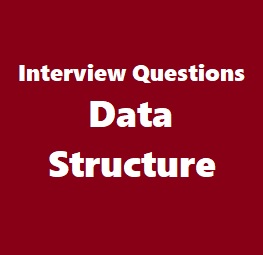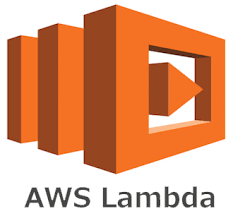31. What are the Three-Address Statements ?
1. Assignment statements of the form x : = y op z, where op is a binary arithmetic or logical operation.
2. Assignment instructions of the form x : = op y, where op is a unary operation. Essential unary operations include unary minus, logical negation, shift operators, and conversion operators that, for example, convert a fixed-point number to a floating-point number.
3. Copy statements of the form x : = y where the value of y is assigned to x.
32. What is Syntax Analysis ?
The second stage of translation is called Syntax analysis or parsing. In this phase expressions, statements, declarations etc. are identified by using the results of lexical analysis. Syntax analysis is aided by using techniques based on formal grammar of the programming language.
33. What is Predictive parsing ?
Predictive parsing is a kind of top-down parsing that predicts a production whose derived terminal symbol is equal to next input symbol while expanding in top-down paring.Procedure decent parser is a kind of predictive parser that is implemented by disjoint recursive procedures one procedure for each nonterminal, the procedures.
34. What is Intermediate Code Generations ?
An intermediate representation of the final machine language code is produced. This phase bridges the analysis and synthesis phases of translation. The intermediate code generation uses the structure produced by the syntax analyzer to create a stream of simple instructions. Many styles of intermediate code are possible. One common style uses instruction with one operator and a small number of operands. The output of the syntax analyzer is some representation of a parse tree. the intermediate code generation phase transforms this parse tree into an intermediate language representation of the source program.
35. What is the role of lexical analyzer ?
The LA is the first phase of a compiler. It main task is to read the input character and produce as output a sequence of tokens that the parser uses for syntax analysis. Upon receiving a ‘get next token’ command form the parser, the lexical analyzer reads the input character until it can identify the next token. The LA return to the parser representation for the token it has found. The representation will be an integer code, if the token is a simple construct such as parenthesis, comma or colon.












